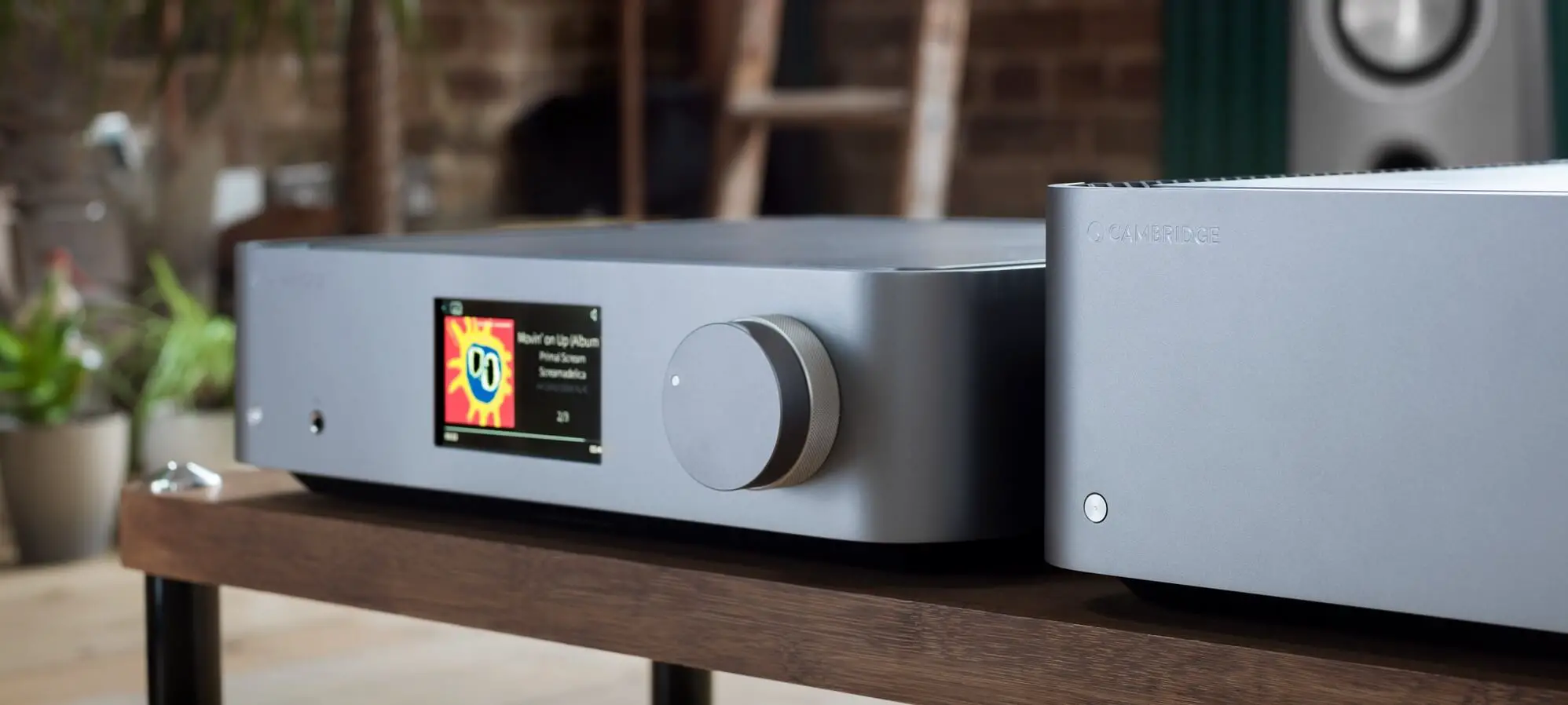Cambridge Audio Edge NQ/W Review
Regarding the EDGE series, it is a series of products launched to commemorate the company’s 50th anniversary (founded in 1968). It can be seen from the exhibits that the EDGE series is much better than the previous Azur high-end series in terms of materials and technology. The works published this time reached a new height. The new flagship series includes Edge NQ, Edge W, Edge A, and ALVA TT vinyl turntables, a total of four products.
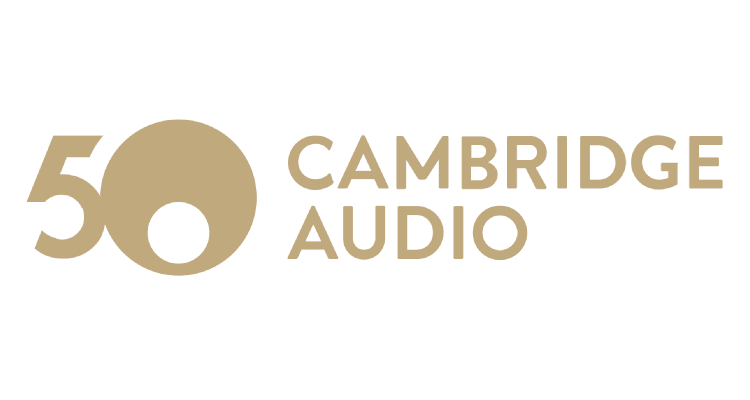
Today’s Cambridge Audio is not only broader than in the past but also more ambitious. On the occasion of Cambridge Audio’s 50th anniversary, they took a significant step, which has never been so heavy and feverish.
The power amplifiers of the EDGE series have integrated digital audio processing functions. Among them, Cambridge Audio Edge NQ is the most powerful in terms of digital audio processing. It has its D/A converter and integrates streaming music, Bluetooth connection, Apple AirPlay, PC HI-FI, and USB functions to provide users with more choices in the playback of digital music.
ALVA TT is a complete vinyl player (including phono, tonearm, and phono amplifier) with the addition of Bluetooth function, and can be connected with players that also have Bluetooth capabilities. Cambridge Audio was planning the Edge series products to correspond to digital streaming music and vinyl records.
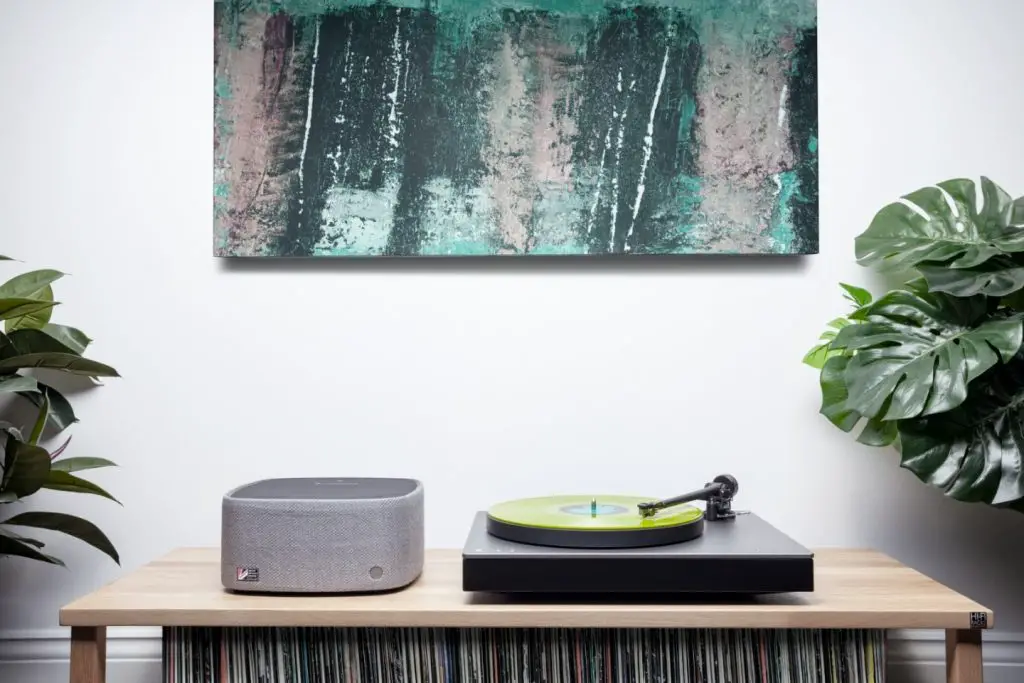
Digital Streaming and Vinyl are the Current Trends in Music Industry
Why does Cambridge Audio make such a product plan for the EDGE series? That may be directly related to the sales of music products. According to the music industry revenue report for the first half of 2018 released by the American RIAA Association, streaming music and digital music downloads already accounted for 87%, and the remaining part was 13%. In terms of detailed, streaming music accounted for 75%, a year-on-year increase of 28.4%, and music downloads accounted for 12%, a year-on-year decrease of 26.5%. CD records, Music Video and other types of physical music carriers are showing a downward trend. Among them, the sales of CD records had the most significant decline, reaching 41.5%, and only vinyl records had a 13% increase.
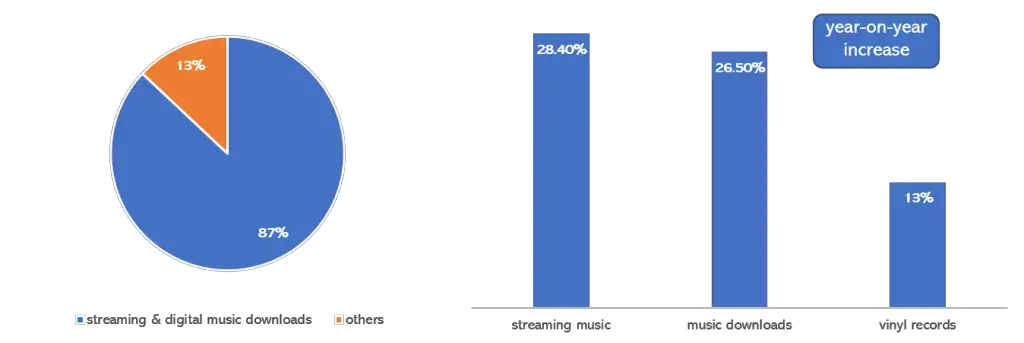
It can be seen from this data that consumers have two extremes in music consumption. That is either streaming music or vinyl records. Digital streaming music is aimed at the general public or the younger generation of audio-visual enthusiasts while older audiophiles consume vinyl records.
Multi-Function and Simplification
I usually listen to music in two ways: CD records and digital streaming media, but I prefer digital streaming music. Streaming music can strike the right balance between convenience and sound quality. In terms of music resources and downloading music through the Internet, I also grab tracks from CD records and then archive and manage these kinds of music, which is very convenient to use.
If you have the same pursuit as me, Cambridge Audio EDGE NQ/EDGE W can solve many problems.
First, it solves various playback problems of digital music. As mentioned earlier, EDGE NQ integrates many digital music playback methods, thoroughly combining digital music players and power amplifiers. Among them, the digital streaming and PC HI-FI functions are mainly set up for audiophiles, because these two methods can support the playback of music files with high bitrates. The Bluetooth, Apple AirPlay, and USB functions are aimed at people who want more convenience. These functions are most suitable for ordinary music lovers.
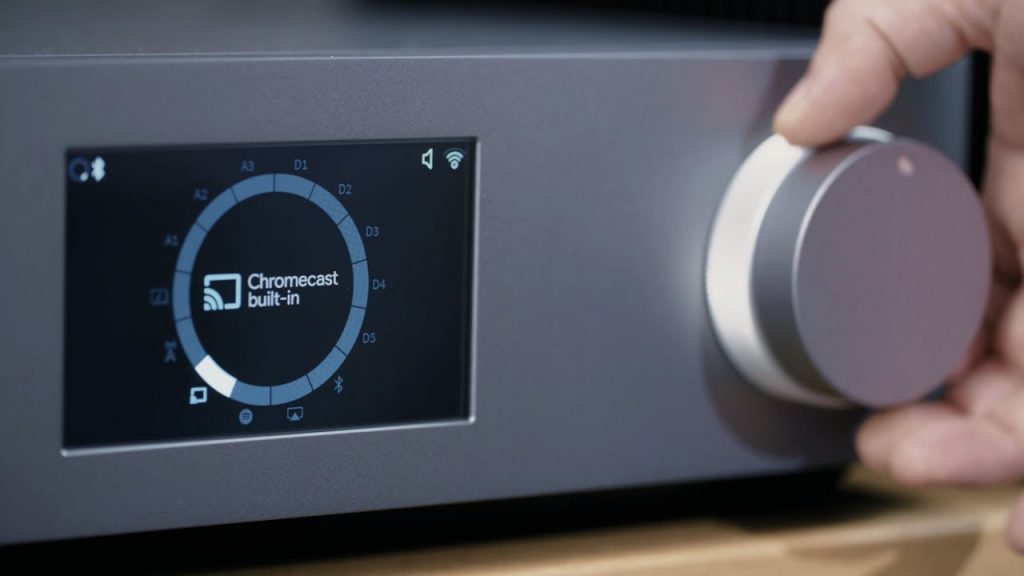
Second, it solves the problems of system construction. Since EDGE NQ has integrated preamp, headphone amplifier, and various digital music playback functions in one machine, it meets my main requirements for use in the function. It does not require the support of third-party equipment.
Third, it solves the driving problem. EDGE W is an independent power amp, although the power is not significant, only 100W (with 8Ω load). The internal power supply part is powered by three transformers, one for each of the left/right channel power amplifier circuit and the input stage. In the actual audition, driving floor standing speakers such as Focal Kanta N°3 can also be quite straightforward. For most home environments, EDGE W is more than enough!
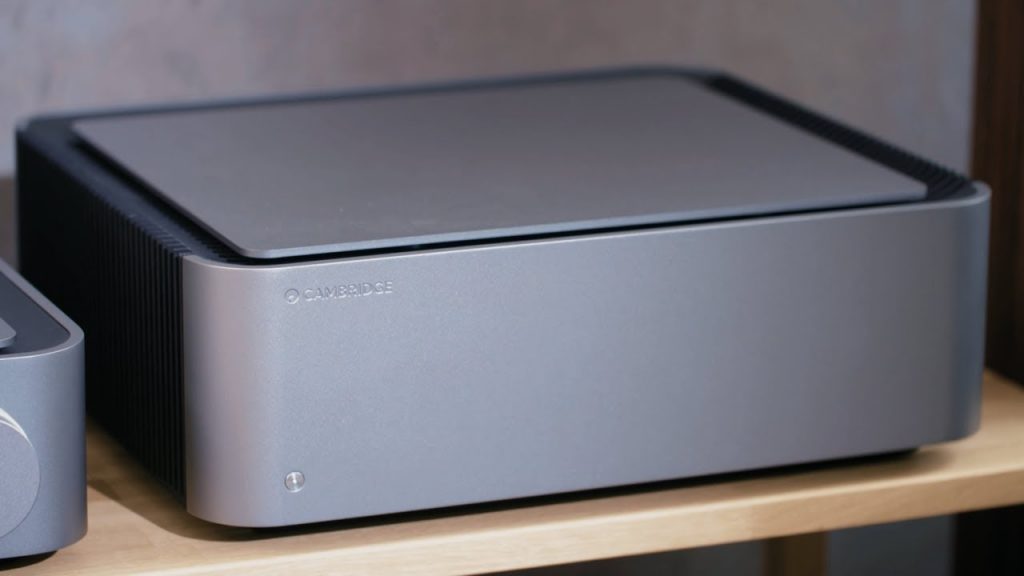
Fourth, it is easy to use. Cambridge Audio designed a dedicated App for EDGE NQ. This App can not only control music playback and switching but also turn on/off and volume control, which can completely replace the original remote control.
Cambridge Audio Edge NQ
The appearance of Edge NQ is gorgeous. The Lunar Grey looks different. On the panel, there is a power switch on the left. A 6.3mm headphone jack, built-in ear amplifier can drive 12 to 600-ohm headphones. The center is a 5-inch color TFT display that displays information such as album cover, song name, and sampling rate.
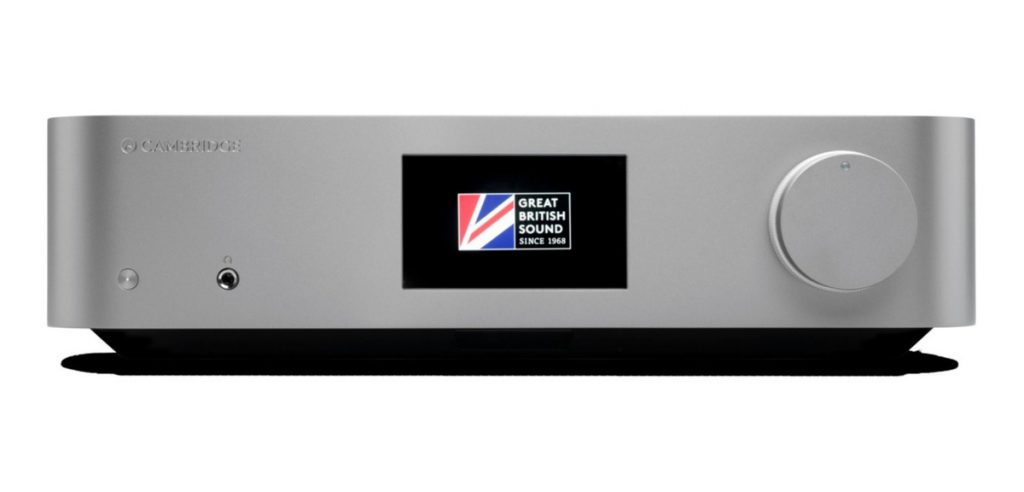
On the far right is a large knob with excellent texture. This large knob is divided into two sections, the front part controls the volume level, and the rear section is responsible for input switching. The input switch is displayed in a circular arrangement, with related graphics, very unique. This knob is designed with the participation of F1 racing engineers and is made of aviation-grade metal materials.
Versatile Input
When you come to the back panel, you can see Pre Out (XLR and RCA), Digital input three sets (D1, D2 optical fiber, D3 coaxial), TV set (D4 HDMI, with ARC AudioReturn Channel), USB DAC input (D5) ). Besides, there are USB, Wi-Fi Dongle, Bluetooth antenna, Ethernet interface, and so on.
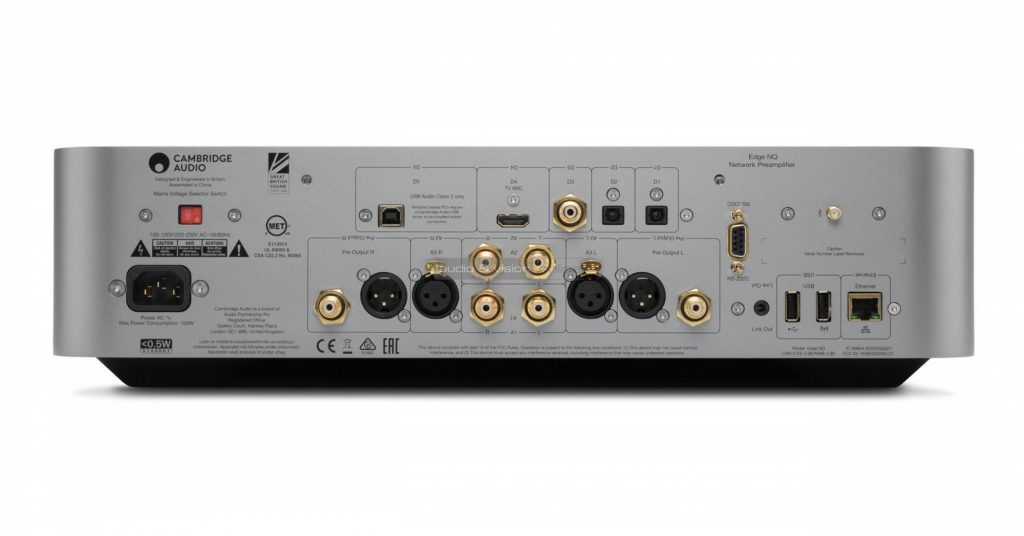
Thoughtful Heat Dissipation Design
It takes a little thought to open the top cover of Edge NQ because no screws can be seen from the outside. Four tenons fix the top cover. After opening the top cover, you will find that there is a considerable gap inside. This gap and the hole plate at the bottom of the device allow hot air to be exhausted from the top, and cold air is sucked up from the bottom to form efficient convection of cold and hot air, reducing the temperature in Edge NQ. This design is brilliant!
You can see a toroidal transformer in the center. This toroidal transformer is not in contact with the printed circuit board and is far from the circuit board, and the power supply circuit board and the signal circuit board are also separated. This approach is to ultimately reduce the impact of power supply noise on the amplifier circuit board.
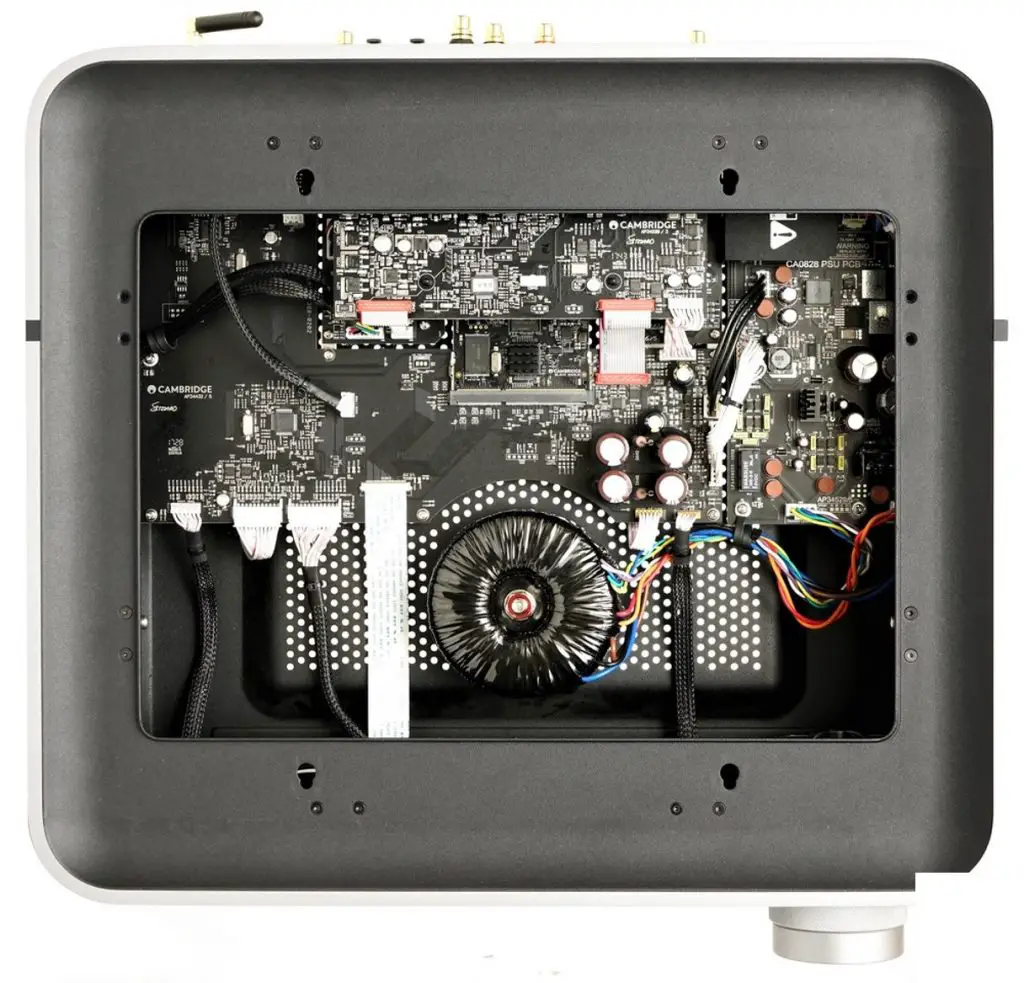
StreamMagic Technology
Edge NQ is the pre-streaming stage, and internally uses the latest version of the StreamMagic module developed by Cambridge Audio. It supports up to 32bit/384kHzPCM and 11.2MHz DSD (DSD256) decoding. The USB DAC input also corresponds to the same specifications.
What is StreamMagic anyway? The streaming music playback technology that Cambridge Audio has launched since 2011 was designed by itself, condensing various functions into one module. The purpose is to make all kinds of streaming music and USB DAC sources get the best playback effect. StreamingMagic’s name has not changed over the years, but it has been upgraded over the years.
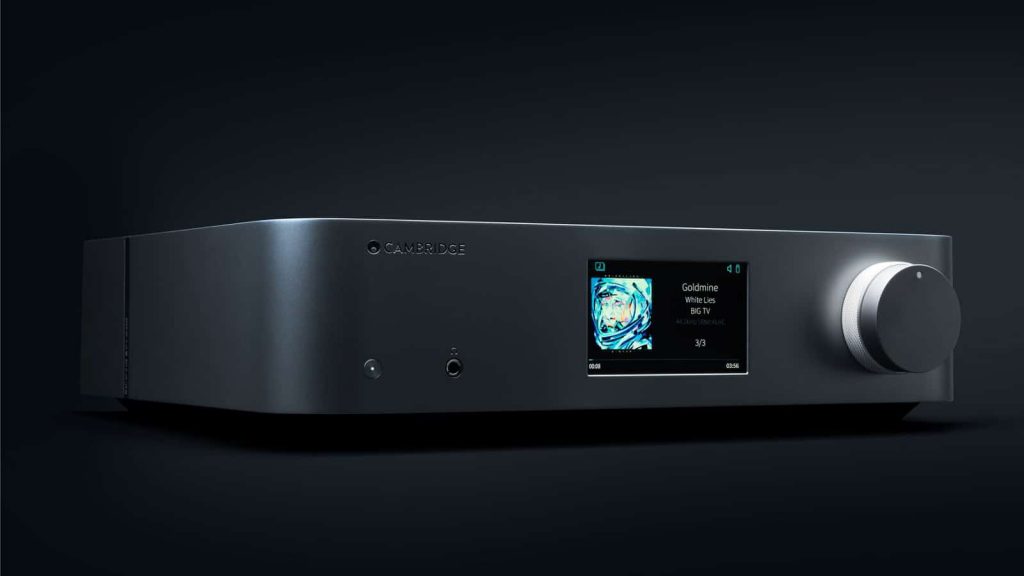
The latest version used on Edge NQ this time is compatible with AirPlay and Spotify Connect. Of course, Bluetooth is available, and it is aptX HD. Chromecast is also built-in (24/96, which allows music from mobile phones, tablets, and computers to be broadcast from Edge NQ), and you probably have everything you want to use.
Cambridge Audio Edge W
The appearance of Edge W is similar to Edge NQ. The method of the top plate is the same as that of the Nq. It is fixed with a tenon and can be opened from above. There is only one power switch on the panel, nothing else. There is one set of XLR and RCA input and output terminals on the back panel.
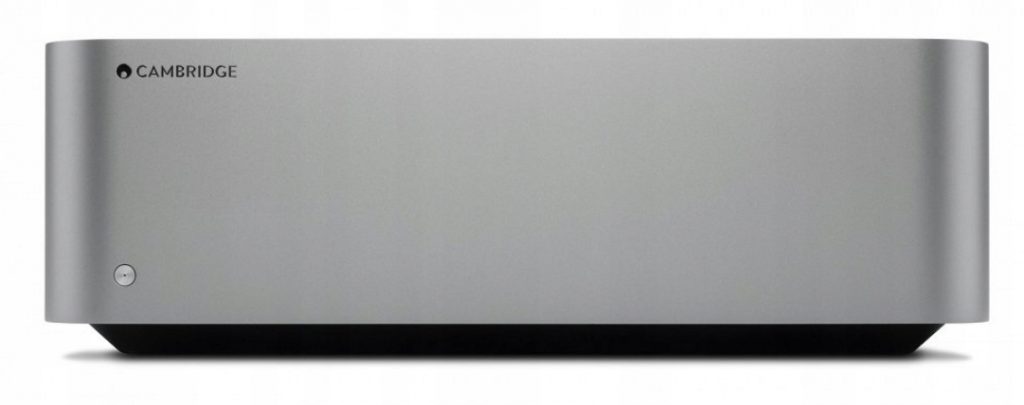
Why is there an output terminal at the rear stage? From here, the music signal can be passed to the next subsequent stage for multiple connections. Edge W also has balanced, unbalanced input switching, and energy-saving switching. It is recommended that the energy-saving switching be set to No mode. Otherwise, it will automatically switch to Standby if there is no music signal input for more than 20 minutes.
Open the top cover of Edge W, and you can see a large toroidal transformer in the center of the front, no! It should be said that the two are stacked on top of each other. That is a unique design of Cambridge Audio. The two toroidal transformers are stacked in reverse to reduce the magnetic leakage of the transformer itself.
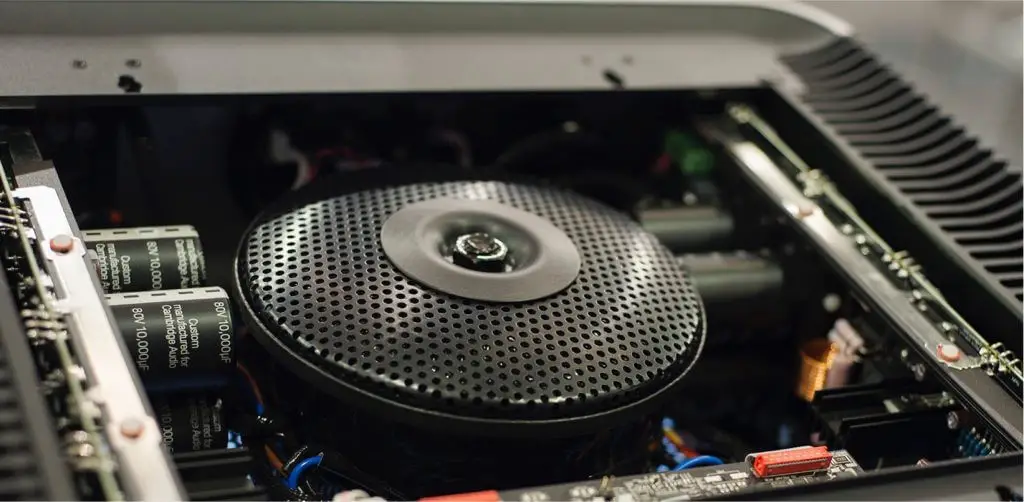
The inside of the case is packed full, each channel uses four 10,000mfd filter capacitors, and five pairs of power amplifiers are directly locked on the heat sink. Edge W does not use Class AB amplification, but Class XD amplification developed by his family.
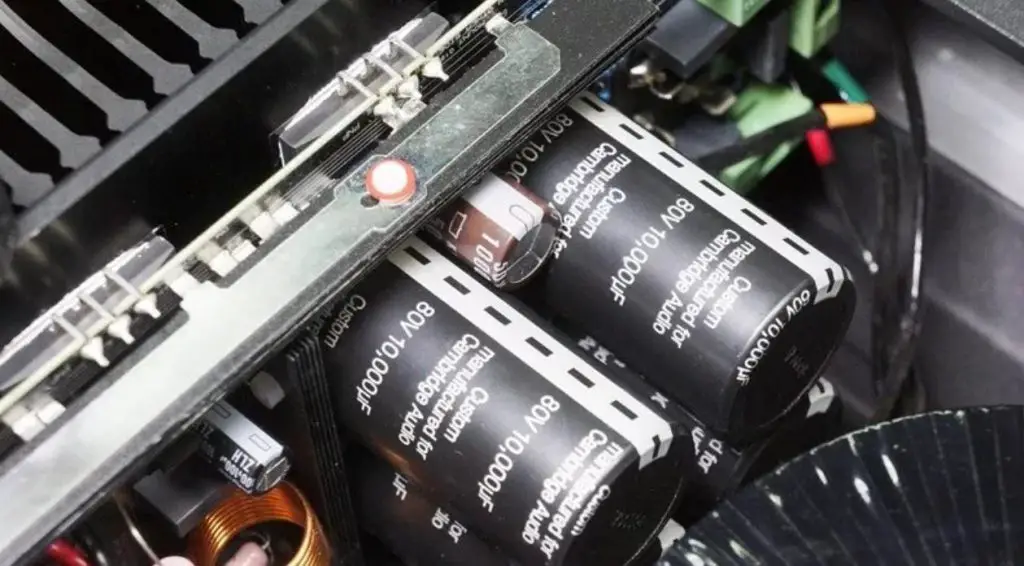
This kind of amplification is to set the working bias voltage of class AB amplification higher than that of general class AB. Under the category A, it is claimed to reduce the crossover distortion of class AB amplification. Similarly, the bottom plate of the Edge W cabinet is also a hole plate. The cold air comes from the bottom, passes through the amplifier, becomes hot air, and then escapes from the top cover gap to reduce the temperature in the cabinet.
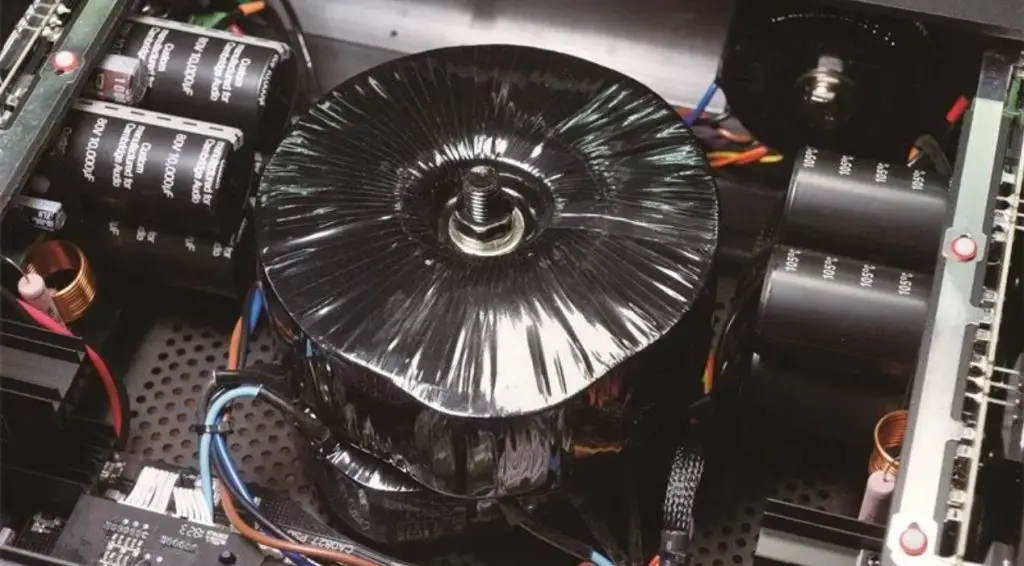
The Music Signal Path Has only 14 Components
Edge W has a promotional point. There are only 14 components in the signal amplification path, while the signal path of a general amplifier will have about 30 or 40 components. Fewer components mean that the sound is less likely to be contaminated by components, so it can emit a purer sound, which is a good thing. Direct cross-connection, that is, no cross-connect capacitors are used between components, is also an important technology.
Cambridge Audio Edge W is a stereo power amplifier that outputs 100 watts per channel. If the speaker impedance drops to 4 ohms, 200 watts can be output. If the speaker impedance drops to 2 ohms, it can output close to 400 watts, which can be said to be an amplifier with sufficient power supply.
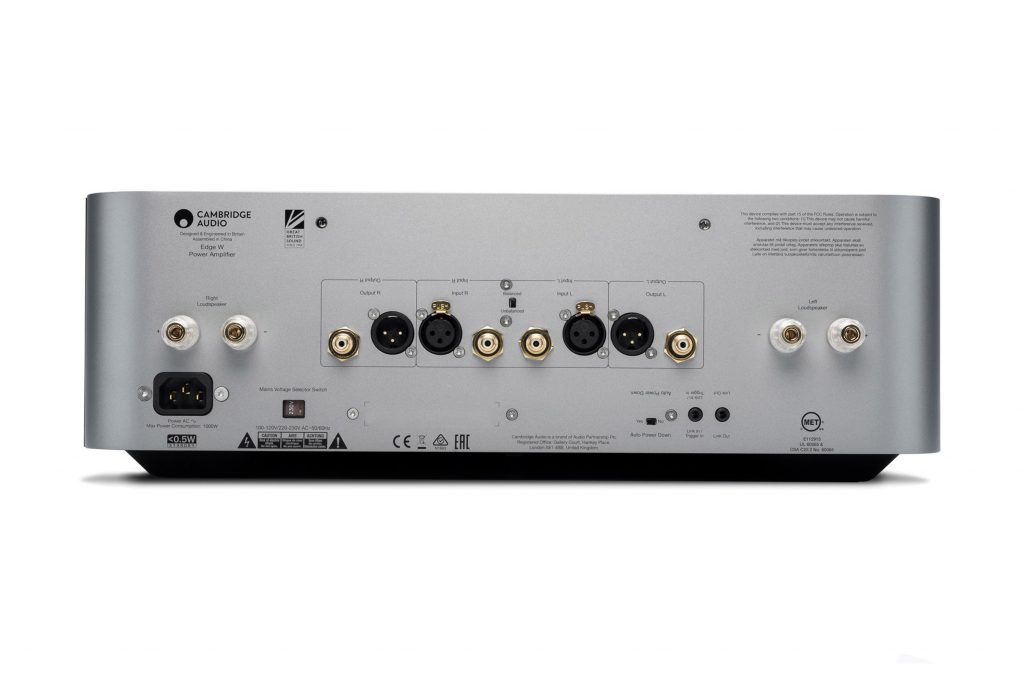
Sound Performance
I use the streaming function of EDGE NQ to connect to my NAS, or directly play Internet radio stations online. The speaker is Focal Kanta N1. I don’t care if these kinds of music are in high-standard music formats, most of them are compressed music files with a higher bit rate, such as AAC or mp3 with a bit rate of 320kbp. Although these music files are not in lossless format, the sound is entirely acceptable under EDGE NQ/EDGE W playback. Especially for music albums whose original recording effect is perfect.
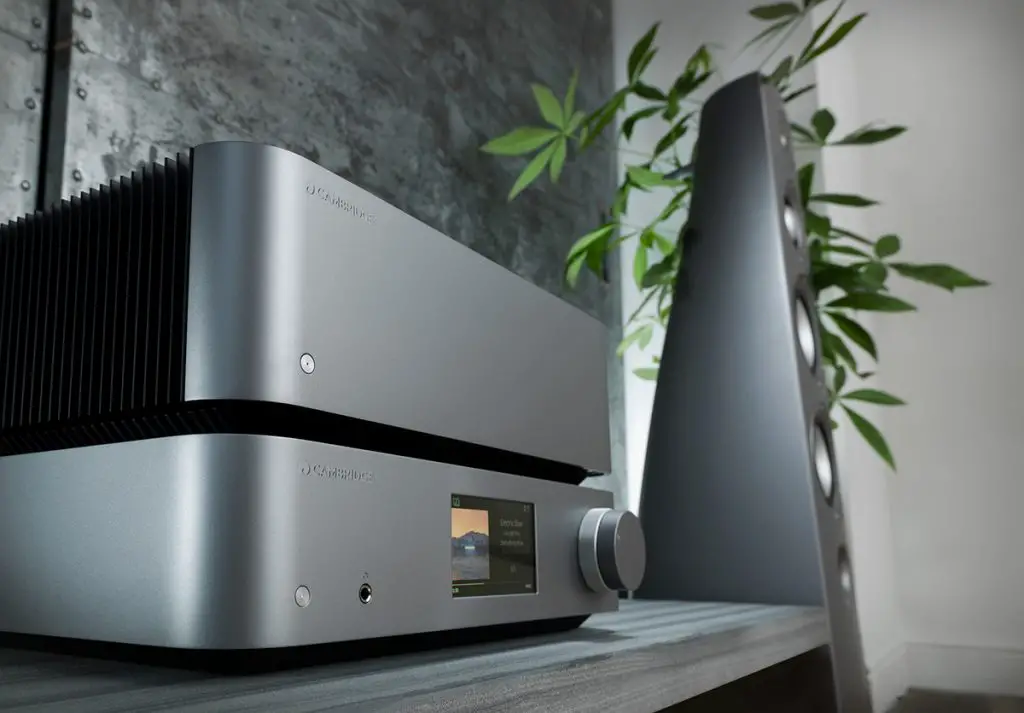
For example, Rabin’s Paganini Violin Concerto, Arcado’s Rossini String Sonata, etc. String texture, dynamic contrast, musical sense, sound field, and other things audiophiles pursue. If there is no comparison, It is estimated that many people will guess that such sound comes from compressed music files in lossy format!
Clean, Fast and warm Sound Ttyle
In terms of sound, Cambridge Audio EDGE NQ/EDGE W presents a warm characteristic as a whole, and it can even be said to be a warm feeling similar to that of a tube amplifier. For example, in the “bach violin sonata no 1” album performed by Ida Haendel, the sound of EDGE NQ/EDGE W will sound smooth, with a certain degree of softness and restraint. That is the source of the warm sound of EDGE NQ/EDGE W. At the same time, this warm quality will also make the violin sound rich.
It should be noted that, although the sound of Cambridge Audio EDGE NQ/EDGE W presents a warm quality, it is not muddy due to warmth. For example, when playing the “Rachmaninov Trio” published by Chandos, the sound of the album itself is very warm, and the instrument is also very rich. If the sound resolution is not enough, the result will be squishy, unable to express the musical instrument’s texture and precise positioning. When EDGE NQ/EDGE W replayed this album, it was warm, the focus of the instrument in the production was clear, and more importantly, it allowed me to hear the incredible sense of space.
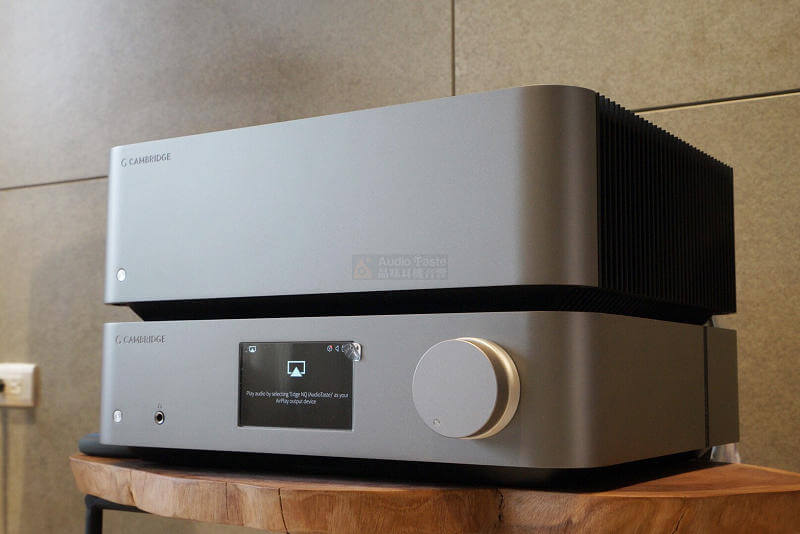
Sound with Excellent Openness
Another feeling that EDGE NQ/EDGE W gave me is that the sound is very open. The music’s openness means that it can show an open, natural, generous, and large-scale sound field. An excellent open sound also means better separation between instruments. Not only is the positioning of the instrument clearer, especially when playing a symphony, the higher the openness of the sound, the more relaxed and natural music it sounds, and the more layered sound field. That is the sound effect I seek. So, when I listen to the audio, I am very concerned about the system’s sound openness.
Although I am using a pair of two-way two-unit Focal Kanta N1 bookshelf speakers and listening in a room of nearly 60 square meters, at the same time, the distance between the two speakers is about 2 meters. Under such circumstances, when playing Dave Grusin’s “Discover Again” album, the sound field’s left and right width are more extensive than the distance between the two speakers. At the same time, the instrument is focused and clear.
I paid particular attention to the piano solo part of the first paragraph. The piano sound has a good sense of fullness. The music and image are huge but precise, and the positioning is very accurate. The whole piano can be seen clearly.
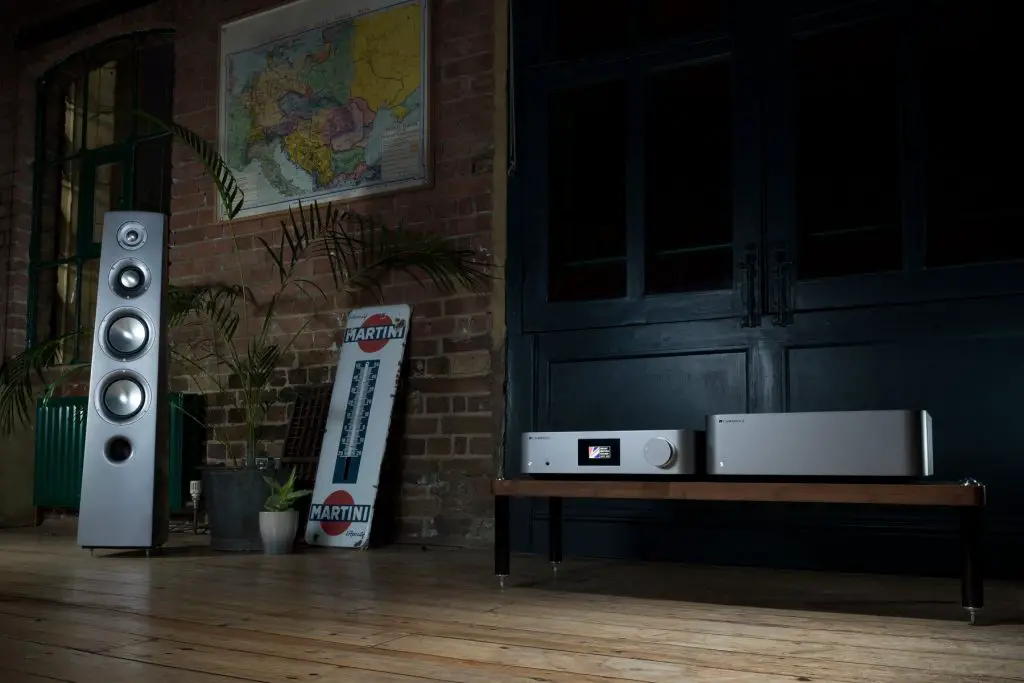
And the second part is the one I listen to the most. There are relatively many instruments, and the dynamics are more prominent than other music. However, EDGE NQ/EDGE W can decompose the musical instruments one by one. Each instrument is apparent, accurately positioned, and has a high degree of separation between each other. So when multiple instruments are played simultaneously, the sound will not show the feeling of being together and not being able to distinguish each other.
Conclusion
After listening to the Cambridge Audio Edge NQ preamplifier with Network Player and Edge W Power Amplifier, I sincerely pay my highest respect to this 50-year-old brand. At the 50th anniversary, they made an ambition to create an uncompromising amplifier product regardless of cost.
On the one hand, Cambridge Audio makes the best products in their minds regardless of cost. On the other hand, the price is not so expensive. That is the main reason that surprises me and pays the highest respect. Isn’t it the way audio products should be so that everyone can afford it? Tribute to Cambridge AudioEdge NQ, Cambridge Audio Edge W.
